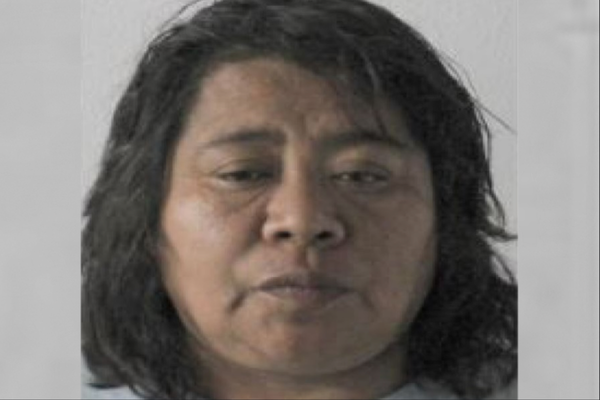
The US has its mafia. Australia has its bikies. New Zealand, a country often understood as more innocent than its larger, more dangerous English-speaking partners, has its street gangs.
Members of the Mongrel Mob, New Zealand’s largest gang, are a familiar part of most provincial towns and cities in the North Island. Tourists who arrive in Rotorua might find it strange to spot Mob men, wrapped in black leather with bulldogs inked across their faces. But locals would hardly register a gang member.
In 2018 The Economist reported that gangs were recruiting higher numbers than the army. Last year the Gang Intelligence Centre found that membership numbers had doubled in the previous five years, rising from a little over 4,000 members in 2016 to just over 8,000 in 2021. This, in a country of 5 million, means New Zealand might take home the curious honour of the highest per capita gang membership rate in the world.
For a country with a seeming gang “problem”, though, there are few conflicts to point to from the last three decades. In the mid-to-late 20th century short, intense conflicts between rival gangs (and police) were common. In the 1970s public fights, including all-in brawls in central Auckland in 1971 and Christchurch in 1973, led to a moral panic over a gang scene growing unacceptably bold.
Yet from the 1990s to late 2010s a social approach to gang management, an ageing membership, and increasingly professional structures within the gangs themselves meant conflicts were comparatively rare. Gang membership is not a crime, and in the 2000s the leading “gang story” had nothing to do with gang members at all, but with politicians. In 2009 the Whanganui district council implemented a bylaw banning gang patches in public places.
But 2022 is different. Within a single fortnight in June there were 23 drive-by shootings in Auckland. In one night in May there were seven drive-bys. In Canterbury police attended more than 2,000 gun-related incidents between 2016 and 2021, more than 15% of all callouts in the region. Granted, not every firearms callout is a gang callout, but it contributes to a perception that gang warfare is returning after a 30-year peace.
This is grim news. And it’s a development politicians should take deadly seriously. Unfortunately, opposition politicians are reaching for all the exhausted tropes from the 1980s. At the National party’s northern regional conference Chris Luxon confirmed that his party would ban gang insignia from public places – including the exteriors of gang pads and club houses. The party would also, somehow, ban insignia from social media.
That final policy – banning gang members from TikTok or Instagram – is obviously unenforceable. But the vibe is important. The opposition is squaring up for a fight with “the gangs”. The trouble is that social workers, sociologists, historians, lawyers, and police know that “cracking down on gangs” only confirms the very alienation that led them to gang life in the first place.
What works to decrease gang tensions and decrease membership numbers is negotiation between police and gang leaders, and investment in the housing, health, and education of gang members’ children. Gangs aren’t a criminal phenomenon. They’re a social phenomena. This is why gang membership is a mirror on poverty – “gang towns” are those where unemployment is higher than the national average and median incomes are lower.
Or at least this is true of the traditional gangs such as the Mongrel Mob. It’s a little less true of the newcomers such as the Australian Comancheros or Bandidos. And those are the gangs who are responsible for a good deal of the violence happening in Auckland, Canterbury, and the central North Island.
As sociologist Jarrod Gilbert notes, these gangs are bringing their foreign contacts and networks, their professional structures and their violence – and seizing greater and greater control of the local drug trade. But even this is more of a social phenomenon than a criminal one. Under the ultra-conservative Peter Dutton, Australia’s former home affairs minister, hundreds of “501s” – criminals convicted in Australia who were born elsewhere – were sent back to their birth country where they, more often than not, were completely without connections. Some 501s hadn’t visited New Zealand since they were toddlers. Others had no family or friends in the country at all.
In this social context what choice did these gang members have other than to stick together in a strange new country? This isn’t to mount a defence of those members. Where they import, manufacture, and deal drugs they deserve a full-throated condemnation. Where they employ violence as a means to their financial ends they deserve the same condemnation.
But it’s important to note how public policy choices led to the situation New Zealand finds itself in. That lesson in public policy serves as a warning to opposition politicians and the government. Gangs and gang members are more complex than the criminality we associate them with. They’re people with the same societal and community needs as anyone else – good quality housing, well paid and secure jobs, and future opportunities for their children. Where those factors are absent, gangs foreign and domestic will flourish.







